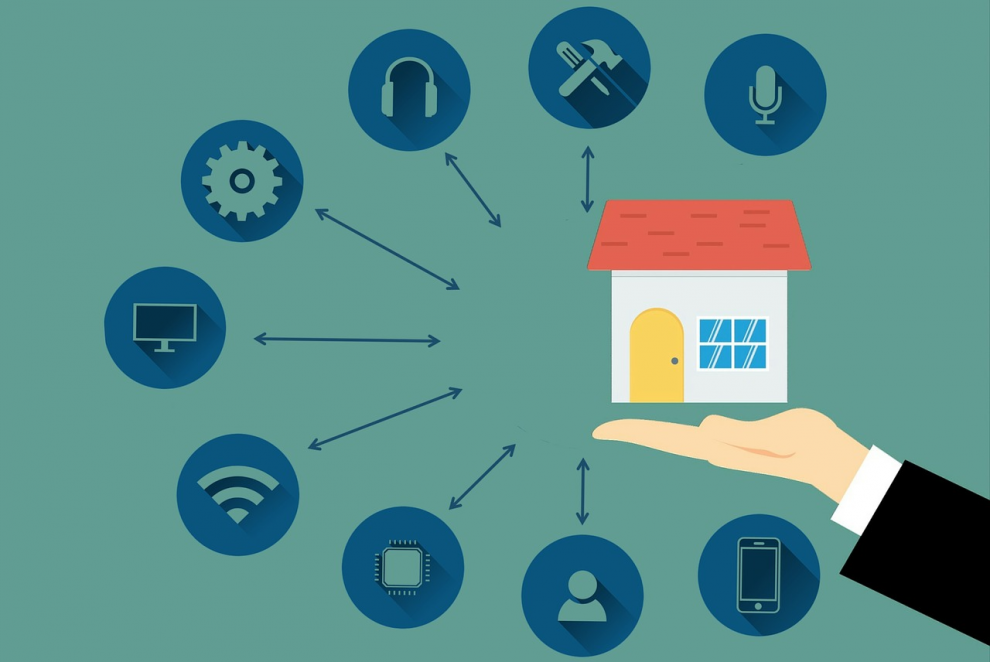Smart buildings are gaining popularity thanks to their futuristic promises and the ever-growing capabilities of Internet of Things (IoT) technology. As the demand for smart buildings continues to grow, their vulnerability to cyberattacks cannot be ignored. This necessitates serious security measures to protect smart building users and make the adoption of new technologies easier. This article outlines five ways to secure smart buildings.
1. Improve wireless network security
The most efficient way of securing smart buildings is to make it harder for hackers to access the network system. The weakest link in most smart buildings is the wireless connectivity used, and here are some ways to secure your wireless network:
- Think about the future when designing your wireless ecosystem: Get wireless connectivity experts like McKinstry Wireless to help you build a wireless ecosystem that can accommodate future upgrades and changes.
- Use a strong network
- Activate network encryption
- Keep your software up-to-date
2. Automated threat response systems
Two of the biggest problems that the IBM X-Force Ethical Hacking Team discovered during a white-hat exercise is that smart building controllers use easy-to-guess logins for network access, and most smart buildings do not have automated threat response systems. This makes it easy for hackers to gain access to your network. You can mitigate these risks by installing an automated threat response system for rapid incident containment and training building controllers and users on good cybersecurity hygiene.
3. Authenticate all connections
Relying on a multi-level security system that actively authenticates all connected devices is fundamental to enhancing smart building security. This limits spoofing attacks whereby hackers pretend to be among the authorized users within the network. It also makes it easier to identify unusual and suspicious activity for rapid containment of any possible threats.
4. Use encrypted certificates
The use of VPN and VPS as secure tunnels for smart building controllers and users is quickly becoming outdated as hackers can still access the usernames and passwords used. A futuristic solution to overcoming this problem is by using encrypted certificates and keys for building automation system (BAS) access. This will eliminate the need to remember strong passwords, providing a quicker way to access smart buildings without being vulnerable to attacks.
5. Data isolation
Smart buildings are increasingly becoming more sophisticated as advanced technologies allow for the introduction of more automated processes. Unfortunately, cyberattacks are becoming more complicated, and you need to make it harder for hackers to take total control of smart buildings by ensuring data isolation.
Separating every subsystem right from their point of access all the way to the cloud means that at the worst, only one or two subsystems will be affected incase of an attack. This will protect users from severe attacks and the need for total shutdowns that only cause more inconveniences.
Endnote
Smart buildings are the new targets for cybercriminals, and there is a need to take their security seriously. Implementing these security measures will be a step in the right direction towards securing your smart building.





Add Comment